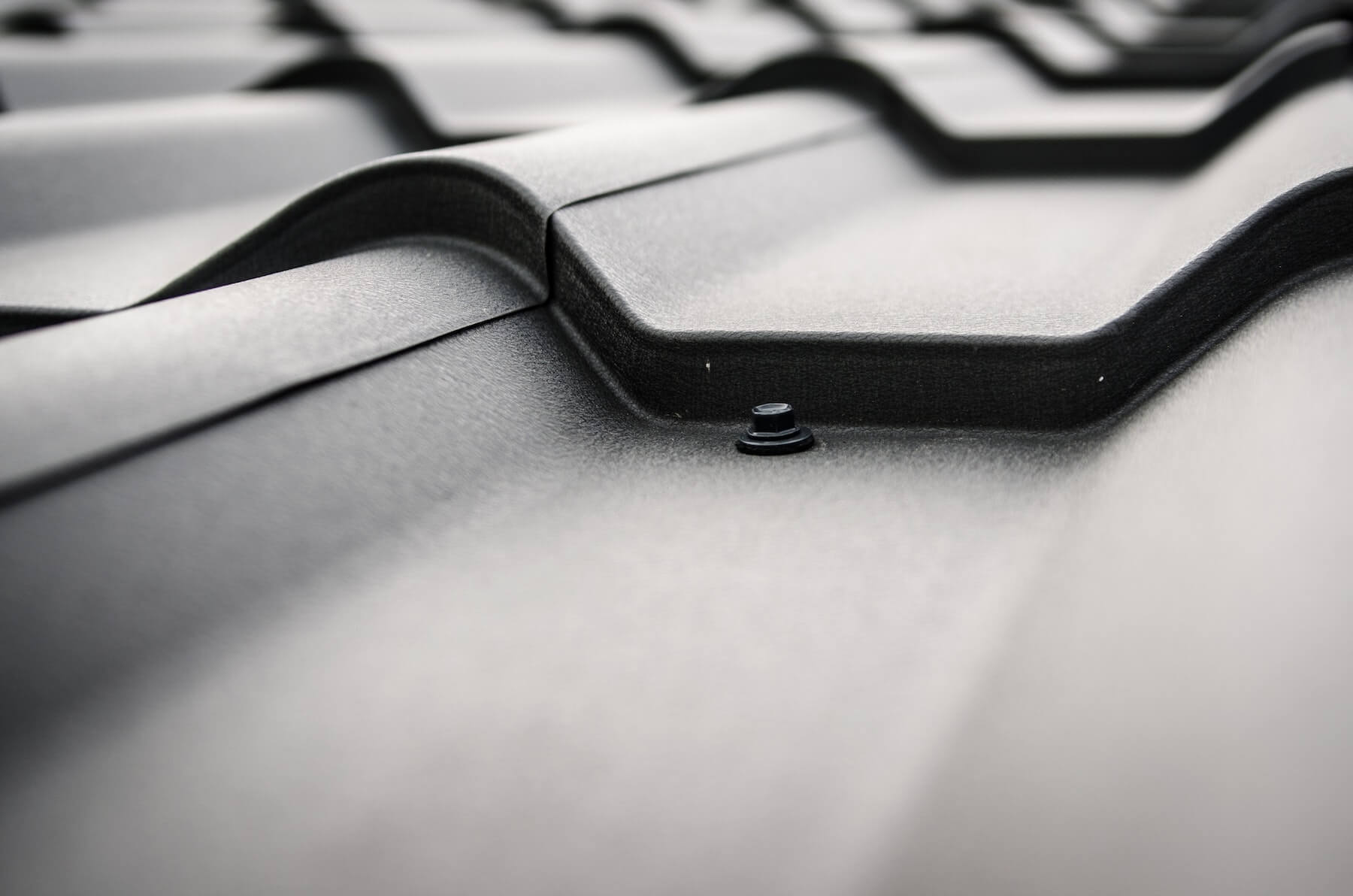
No matter what type of assembly or manufacturing job you have, chances are you use rivets. Rivets continue to prove themselves to be among the most versatile fasteners with designs for a wide range of applications. Of course, rivets only deliver their promised performance if they are installed properly. That’s why understanding which rivet gun to use for the job is vitally important.
When choosing a rivet gun, you have different designs and manufacturers to choose from, which makes it even harder to find the right tool. When looking for the best rivet gun for the application, you want a tool that has the appropriate amount of power and that gives you speed and efficiency. Choosing the best tool is often a matter of selecting a rivet gun that can handle the volume of fasteners you need to set.
Matching the Rivet Gun to the Rivet
There are two types of rivets that are used for most applications: solid rivets and blind rivets.
Solid rivets have been used for millennia and consist of a solid pin with a head that is inserted through a pre-drilled hole and an end that is deformed using a rivet tool or a hammer. Blind rivets are popular because they can be installed from one side of a workpiece, so you don’t have to access the back side. The blind rivet has a hollow pin or mandrel and the rivet gun is used to pull the mandrel to collapse the rivet on the blind side, thus forming a lasting joint.
For solid rivets, you need more power to install them properly, so you normally use a hydraulic or pneumatic rivet gun. For blind rivets, there are more types of rivet gun options, including pneumatic rivet tools, battery-powered rivet guns, and manual tools.
Manual rivet tools are easy to use for quick repairs or where power is unavailable. Repairing a truck bed and fixing a highway sign are common rivet applications where a manual rivet tool will work well. If you need more power to set a rivet, you can use long-handle manual rivet tools that provide more leverage. Of course, using a hand riveter is a slower process and works best when you only need to install a few rivets.
For larger assemblies or applications where you have to install a lot of rivets, you will want a power tool. For factory applications or assembly lines, pneumatic or hydro-pneumatic tools are fast and efficient. They deliver consistent power for setting rivets and fast cycle time, so they are quickly ready for the next rivet. The drawback of pneumatic rivet guns is that they require a hose and a compressor to deliver the power, which limits portability and makes them hard to use on job sites and in remote locations.
Battery-powered rivet guns solve the problem of portability. Though not quite as powerful as pneumatic tools, battery-powered tools deliver the necessary riveting power for most jobs without the need for a hose or cord. These handheld rivet guns are lightweight and can be used almost anywhere, and longer-lasting lithium-ion batteries are being used to extend the time between charges.
Choosing the Right Rivet Gun
Depending on the application, you can find the right rivet gun to fit the task.
For heavy-duty applications where more power is needed, such as building construction or heavy-duty assembly, a pneumatic or air-powered rivet gun may be your best choice. These are high-performance tools that are commonly used for applications where you want to consistently install a high number of rivets.
If you need portability on a job site or in some other environment, then a battery-operated rivet tool may be best. Battery-powered rivet guns are becoming common on construction sites and for applications where portability is essential.
Manual tools are good for applications where you only need to install a few rivets. They are typically used for repair work, hobbies, and other applications where you need an occasional rivet set.
When choosing a rivet gun, one of the biggest mistakes most people make is using the wrong nose assembly. There usually are different rivets used in any job, each requiring a different nose assembly, and it’s easy to choose a nosepiece that has the wrong grip range. Another common mistake is using a rivet gun for applications beyond its specifications. Installing rivets at the top or bottom of the tool’s grip range creates more wear on the rivet gun.
Selecting Rivet Guns from the Best Manufacturers
Bay Supply stocks and repairs the most popular brands of rivet guns for all applications.
Here is a list of some of the most popular manual rivet gun brands:
- Marson: Marson offers the HP hand riveters with four nosepieces and the Big Daddy long-arm manual riveter.
- Huck: Huck offers manual rivet tools and cutters in different sizes for multiple applications.
- POP: The POP rivet is one of the most common types of blind rivet and is extremely popular, as are the POP manual rivet tools.
- Gesipa: Gesipa is another popular brand with manual rivet guns in various configurations.
Battery-powered rivet guns are becoming extremely popular, and most of the rivet tool makers have portable power rivet tools. Here are some of the most popular brands:
- Atlas: Atlas offers cordless rivet guns with different voltages for different power settings.
- Gesipa: The Gesipa AccuBird® and PowerBird® rivet guns give you a wide range of tools to choose from with specifications suitable for any job.
- Huck: Huck has portable rivet guns available under its own brand as well as the full line of Makita battery-operated tools.
If you are looking for a pneumatic rivet gun, be sure to check out the following brands:
- Lobster: Imported from Japan, Lobster has a line of rivet guns specifically designed for heavy-duty applications such as manufacturing and construction.
- STANLEY: STANLEY Engineered Fastening is one of the oldest names in riveting tools and offers the popular ProSet® riveting systems.
- FAR: If you are looking for a choice in hydro-pneumatic riveting tools, FAR offers more than 50 riveting tool models.
These are just a few of the brands of rivet guns that Bay Supply has available. We repair the rivet tools we sell, so we understand everything there is to know about their operation and potential applications. If you want to learn more about choosing the right rivet gun for the job, contact one of our fastener experts or start by downloading our e-book, Rivet Guns: A Comprehensive Guide to Choosing the Right Tool for the Job.



Comments